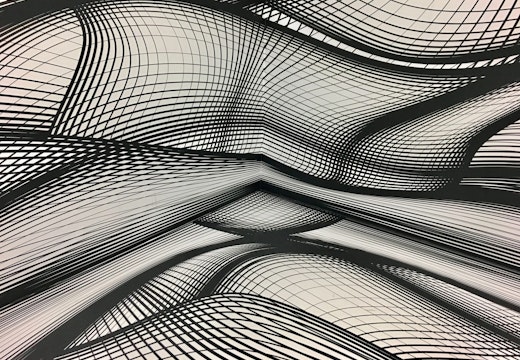New research supports power of proximity in the workplace
A US study of software engineers in a Fortune 500 company has revealed the value of being physical co-located with team-mates – feedback and mentoring increased significantly
At a time when companies are still struggling to make the case for employees to come back to the office, a new study by a US research team has confirmed the value of spending time physically co-located with colleagues.
The study, led by researchers from the Federal Reserve Bank of New York (Natalie Emanuel), the University of Iowa (Emma Harrington) and Harvard University (Amanda Pallais), looked at software engineers working at a major Fortune 500 firm in two buildings that were located several blocks from each other.
The researchers found that when offices were open before Covid-19, engineers working in the same building as all their teammates received 23 per cent more online feedback on their computer code than engineers with distant team-mates. After offices closed in the pandemic, this advantage shrank by 17 percentage points.
Quitting the firm
The research team reports that ‘sitting near co-workers increases how much junior engineers learn from their senior colleagues — not only in-person but also online. Proximity particularly increases feedback to female engineers and young engineers, who are more likely to quit the firm when proximity is lost’.
What is striking is that, even before Covid-19, gaining one distant team-mate reduced online feedback among co-workers sitting together. When the offices were open, engineers whose team-mates were spread across different cities received 18 per cent less collaboration than engineers whose team-mates were all in their building. These results indicate that remote working may influence the experiences of people in the office and that even small seeming distances between colleagues can be significant.
Being seen by others
Earlier research also indicates the value of having ready physical access to co-workers. However, such access needs to be carefully managed. Being able to see other people increases our energy level (Cain, 2012) which, for particularly complex tasks, may result in situations in which people are too invigorated to work to their full potential. When other people can see us, we tend to do a better job at simple tasks we’ve done multiple times before, and not as well on more complex ones, compared to how we perform when no-one can see us (Myers, 1996).
Transparent walls may alter our performance, according to Bernstein (2014), who shares that ‘For all that transparency does to drive out wasteful practices and promote collaboration and shared learning, too much of it can trigger distortions of fact and counterproductive inhibitions. Unrehearsed, experimental behaviours sometimes cease altogether. Wide-open workspaces and copious real-time data on how individuals spend their time can leave employees feeling exposed and vulnerable. Being observed changes their conduct. They start going to great lengths to keep what they’re doing under wraps, even if they have nothing bad to hide.’
Bernstein and Turban (2018) further report that workers can be overstimulated when they are sharing work areas with others. Overstimulation degrades cognitive performance, particularly on complex tasks. Appel-Meulenbroek, Groenen, and Janssen (2011) share that in activity-based workplaces where team-mates might not spend time near each other, team spaces should be developed to support intra-team communication and build trust among colleagues.
‘Opportunities for physical contact with colleagues in the workplace require careful management..’
Creating opportunities for some sort of physical contact with colleagues in the workplace is likely to enhance organisational performance goals as well as individual and team wellbeing. But such encounters require careful management.
Read more of the latest research insights from Sally Augustin in Research Roundup, her regular column in the Innovation Zone here.
Research sources
Rianne Appel-Meulenbroek, Peter Groenen, and Ingrid Janssen. 2011. ‘An End-User’s Perspective on Activity-Based Office Concepts.’ Journal of Corporate Real Estate, vol. 13, no. 2, pp. 122-135.
Ethan Bernstein. 2014. ‘The Transparency Trap’. Harvard Business Review, vol. 92, no. 10, pp. 59-66.
Ethan Bernstein and Stephen Turban. 2018. ‘The Impact of the “Open” Workspace on Human Collaboration.’ Philosophical Transactions Royal Society B.
Susan Cain. 2012. Quiet: The Power of Introverts in a World That Can’t Stop Talking. Crown Publishers: New York.
Natalia Emanuel, Emma Harrington, and Amanda Pallais. 2023. ‘The Power of Proximity to Coworkers – Training for Tomorrow or Productivity Today?’ Working Paper (authors from The Federal Reserve Bank of New York, University of Iowa, and Harvard University)
David Myers. 1996. Social Psychology, 5th Edition, McGraw-Hill: New York.








